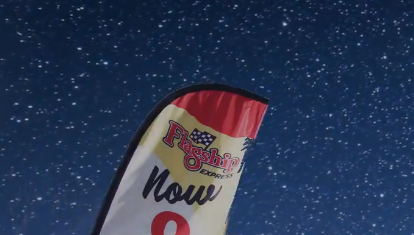The Best show of the year?
The skies are gearing up for a breathtaking display as the Perseid meteor shower, often hailed as the best meteor shower of the year, has begun to grace our night skies since July 15. Renowned for its high density of meteors, the Perseids can deliver up to 90 meteors per hour during their peak nights, which is eagerly awaited by stargazers around the Northern Hemisphere.
According to EarthSky, this year’s peak is anticipated to fall on the night of August 12, promising an unforgettable spectacle of shooting stars. From now until then, occasional meteors may be spotted, with numbers expected to increase significantly as the peak approaches. This annual meteor shower occurs as Earth traverses through clusters of debris left by a comet that periodically passes through our solar system. When these particles collide with our atmosphere, they ignite to create the stunning visual phenomenon known as the Perseids.
☄️🌕🔭Discover your night sky this week, July 15-21, 2024,
using just your naked eyes.
• Perseid meteor shower,
• Thunder/Buck/Hay Moon
If you want to enjoy the night sky, all you need is curiosity, patience and good weather.
By Jamie Carter #Stargazinghttps://t.co/FXugvYwl6u— 1jewelrymaker (@CarolynKWalker1) July 16, 2024
For those hoping to catch this celestial event, the best viewing opportunities arise on nights with minimal moonlight. Light pollution from the moon can significantly diminish the visibility of the meteors. Therefore, it’s advantageous to seek out spots with dark skies and direct your gaze toward the northeast, near the constellation Perseus, from where the shower derives its name.
How does a car wash get cleaned at night?
A meteor shower! ✨
Catch the Perseid Meteor Shower starting July 17 💫 pic.twitter.com/TXNx8zd9cT— Flagship Carwash (@flagshipcarwash) July 16, 2024
As we draw closer to the peak of the Perseid meteor shower, additional tips for optimal skywatching will become available. The shower remains active until September 1, offering ample opportunities to witness one of nature’s most enchanting displays. Whether you’re a seasoned astronomer or a casual observer, the Perseid meteor shower is a celestial event not to be missed.
Key Points:
i. The Perseid meteor shower, one of the most anticipated annual celestial events, began on July 15 and offers up to 90 meteors per hour at its peak.
ii. The peak viewing time is predicted for the night of August 12, providing a spectacular display for those in the Northern Hemisphere.
iii. The meteor shower results from Earth passing through the debris left by a comet, with the meteors burning up in Earth’s atmosphere.
iv. Optimal viewing is recommended in areas with little to no moonlight, particularly looking towards the northeast near the constellation Perseus.
v. The Perseid meteor shower will be visible until September 1, with the intensity increasing as it approaches its peak.
Benny J. Kane – Reprinted with permission of Whatfinger News



